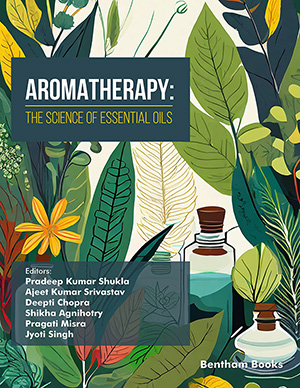
Abstract
Background: Vidangalilouham (VDL) is an Ayurveda classical Indian herbomineral preparation prescribed for its effective antidiabetic activity. Among the official formulations of Ayurveda, five different compositions are available by the same name. The particular composition used in this study is only marketed but has yet to be evaluated.
Aim and Objective: The study aimed to assess and validate the antihyperglycemic activity of VDL in high-fat and low-dose streptozotocin (STZ)-induced diabetic animal models.
Methods: High-fat diet-induced animal model of hyperglycemia was generated by a single intraperitoneal injection of STZ (35 mg/kg body weight) into the rats fed with high fat for the previous 30 days. Seven days after STZ induction, the hyperglycemic rats were treated with VDL orally at 100 and 200 mg/kg body weight daily for 28 days. The fasting blood glucose levels (FBG) were measured every 7th day during the 28 days of treatment. The glycosylated hemoglobin levels, liver and serum biochemical parameters, and histopathological findings were estimated and compared.
Results and Discussion: VDL-treated animals significantly exhibited reduced FBG levels compared to the diabetic control group. The lipid peroxidation and antioxidant enzyme levels, such as CAT, GSH, and SOD, in the VDL-treated groups, were restored toward normal levels compared to diabetic control groups, and the values were comparable with the standard group (metformin). The critical diabetic marker, i.e., glycosylated hemoglobin levels were significantly (*p<0.05) decreased when treated with VDL.
Conclusion: Improvement in the FBG and the restoration of all other biomarkers observed in this study indicate VDL to have excellent antidiabetic activity with meager side effects, and thus, the findings provide a scientific rationale for its use as an antidiabetic agent.
Keywords: Ayurvedic herbomineral preparation, Vidangalilouham, Antihyperglycemic activity, Blood glucose level, Glycated hemoglobin, Serum, Liver biochemical markers.
[http://dx.doi.org/10.1016/j.jtcme.2016.02.002] [PMID: 28053888]
[http://dx.doi.org/10.3390/molecules21050559] [PMID: 27136524]
[PMID: 25237348]
[http://dx.doi.org/10.4103/pm.pm_194_17]
[http://dx.doi.org/10.4103/japtr.JAPTR_98_19] [PMID: 32154158]
[http://dx.doi.org/10.1016/j.jep.2011.10.021] [PMID: 22041106]
[http://dx.doi.org/10.3390/nu12123650] [PMID: 33261000]
[http://dx.doi.org/10.2147/DMSO.S82272] [PMID: 25897251]
[http://dx.doi.org/10.1161/CIRCRESAHA.110.223545] [PMID: 21030723]
[http://dx.doi.org/10.1016/j.jsps.2015.03.013] [PMID: 27752226]
[http://dx.doi.org/10.1007/BF02913080] [PMID: 23105583]
[http://dx.doi.org/10.1155/2014/360438] [PMID: 24999379]
[PMID: 22803326]
[http://dx.doi.org/10.1016/S2221-1691(12)60249-4] [PMID: 23569867]
[http://dx.doi.org/10.1080/10286020.2020.1776266] [PMID: 34253100]
[http://dx.doi.org/10.1016/j.sajb.2022.11.014]
[http://dx.doi.org/10.1007/s10787-010-0041-9] [PMID: 20596897]
[http://dx.doi.org/10.1016/j.jtusci.2014.09.003]
[http://dx.doi.org/10.1016/j.phymed.2020.153278]
[http://dx.doi.org/10.17305/bjbms.2017.2049] [PMID: 28590231]
[http://dx.doi.org/10.1021/acs.jafc.9b02879] [PMID: 31291543]
[http://dx.doi.org/10.1016/j.jgeb.2018.03.003]
[http://dx.doi.org/10.4103/pm.pm_228_17] [PMID: 29720842]
[http://dx.doi.org/10.1016/S2221-1691(15)30152-0]




























